Canon EOS 800D + 18-55mm IS STM
Rated 4.00 out of 5 based on 5 customer ratings
$408.99
Capture stunning photos and videos with the Canon EOS 800D + 18-55mm IS STM, the ideal camera for your creative needs.
Description
The Canon EOS 800D + 18-55mm IS STM digital camera is a powerful tool for aspiring photographers who want to take their skills to the next level. This camera is a coveted model that is difficult to pass by with its high-quality features and superior imaging ability. This article will discuss the various aspects of the camera that make it a must-have for any photography enthusiast.
Canon EOS 800D + 18-55mm IS STM Camera Design
First, let’s talk about the design of the Canon EOS 800D + 18-55mm IS STM digital camera. The camera looks sleek, professional, and is easy to hold thanks to its ergonomic design. The body has a high-quality construction, and the buttons and dials are where they need to be, making it simple to use the camera.
Lens and Sensor
One of the most important aspects of a good camera is the quality of the lens, and Canon EOS 800D’s kit lens, the 18-55mm IS STM, delivers excellent performance in many situations. This lens is suitable for taking photos of landscapes, portraits, and video, giving you excellent images whatever the situation. The camera has a high-resolution sensor of 24.2 megapixels, which captures fantastic details and produces sharp images, elevating your photography game to a new level.
Focus
The Canon EOS 800D + 18-55mm IS STM camera has an advanced autofocus system which accurately tracks moving subjects, capturing exceptional images with ease. With 45-point autofocus, it’s easy to select the desired focus point, making it ideal for beginners who want to experiment with different subjects and techniques.
Image Quality
Another major selling point of this camera is its exceptional image quality. The image sensor can capture high-resolution images that are sharp, colorful, and full of detail. The DIGIC 7 image processor offers fast and accurate image processing, resulting in stunning clarity and color accuracy.
Video Quality
The Canon EOS 800D + 18-55mm IS STM digital camera offers great video recording capabilities, which makes it popular with videographers. This camera can record high-definition, full-frame video in 1080p resolution at up to 60 frames per second.
Conclusion
The Canon EOS 800D + 18-55mm IS STM camera is an excellent addition to the arsenal of any photographer who is looking for exceptional image quality, versatility, and ease of use. Its autofocus system, lens, and sensor all contribute to making it a sought-after camera model. Whether you’re a beginner or an experienced photographer, this camera offers everything you need to take your photography skills to the next level.
Digital SLR, CMOS, APS-C, 30-1/4000, 24.20 MP, Bluetooth, NFC, Wi-Fi, 532g
Canon EOS 800D + 18-55mm IS STM properties
| Product name |
EOS 800D + 18-55mm IS STM |
| Type |
Digital SLR |
| Lens |
Separat |
| Compatible lenses |
Canon EF/EF-S |
| Focal Length |
1.6x |
| Ports |
HDMI, USB |
| Memory Cards |
SD, SDHC, SDXC |
| Features |
Bluetooth, NFC, Wi-Fi |
| Viewfinder |
LCD/OLED, Optical |
| Shutter Speed |
30-1/4000 bps |
| Continuous Drive |
6fps |
| Auto Focus |
Yes |
| AF points |
45 |
| Image Stabilization |
Yes |
| Manual Focus |
Yes |
| Max Picture Resolution |
6000×4000 pixels |
| Image File Format |
DPOF, EXIF, JPEG, RAW |
| Flash |
Built-in, External |
| Flash Sync Speed |
1/250 sec |
| Battery Type |
Lithium-ion rechargeable |
| Display Size |
3.0 “ |
| Display Resolution |
1040000 pixels |
| Max Video Resolution |
1920×1080 (Full HD) |
| Video resolutions (fps) |
1920×1080 (60, 50, 30, 25, 24fps), 1280×720 (60, 50, 30, 25fps), 640×480 (30, 25fps) |
| Video File Format |
MP4 |
| Audio File Format |
PCM |
| Sensor Type |
CMOS |
| Sensor Format |
APS-C |
| Effective Pixels |
24.2 MP |
| Total Pixels |
25.8 MP |
| ISO Rating |
100/200/400/800/1600/3200/6400/12800/25600 |
| Weight |
532.0 g |
| Dimensions (HxWxD) |
100x131x76 mm |
| Miscellaneous |
PictBridge |
Frequently Asked Questions:
How do I properly attach and detach my Canon EF-S 18-55mm IS STM lens from my Canon EOS 800D camera?
Here are the steps to attach and detach your Canon EF-S 18-55mm IS STM lens from your Canon EOS 800D camera:
To attach the lens:
1. Turn off your camera to avoid damaging the lens or the camera's internal components.
2. Hold the lens by its barrel (the main body of the lens) with your left hand and the camera in your right hand, as if you were going to shake hands with it.
3. Align the red dot on the lens mount (the part that connects the lens to the camera) with the lens mount on the camera.
4. Gently press the lens forward until it clicks into place. Do not force the attachment - if it doesn't click into place, double-check your alignment and try again.
5. Turn on your camera and check that the lens is properly attached by zooming in or out with the zoom ring on the lens.
To detach the lens:
1. Turn off your camera to avoid damaging the lens or the camera's internal components.
2. Hold the lens by its barrel (the main body of the lens) with your left hand and the camera in your right hand, as if you were going to take it away from you.
3. Gently twist the lens counterclockwise until it clicks out of place. Do not force the detachment - if it doesn't click out, double-check your alignment and try again.
4. Carefully remove the lens from the camera by pulling it straight up or away from you, depending on which side the lens mount is on.
5. Turn on your camera to check that the lens has been properly detached and there are no visible gaps between the lens mount and the camera body.
How do I properly focus in Live View mode on my Canon EOS 800D with the 18-55mm IS STM lens attached?
Here are the steps to properly focus in Live View mode on your Canon EOS 800D with the 18-55mm IS STM lens attached:
1. Turn on your camera and switch it to Live View mode by pressing the Live View/Movie button located on the back of the camera. This will display the image you are shooting directly on the LCD screen. To use autofocus, select the AF (autofocus) method in the viewfinder settings menu by pressing the Q button until the "AF method" option is displayed on the screen. Select your preferred focus mode (one-shot AF, AI Servo AF or AI Focus AF). To manually focus, select the manual focus (MF) mode by pressing the Q button and navigating to the "AF method" option in the settings menu. Then use the zoom function of the lens to magnify the part of the image you want to focus on. You can also move the focus point to the desired location by using the joystick or the multi-controller pad located at the back of the camera. Once you have selected your focus method, press and hold down the shutter button halfway to initiate the autofocus process. If you are manually focusing, turn the focus ring on the lens until the subject is in focus. To confirm focus, look for the focus indicator (a green square or a flashing yellow light) that appears in the viewfinder when your subject is in focus. This will ensure that your shot is properly focused. When you are satisfied with the composition and focus, press down fully on the shutter button to capture the image. To exit Live View mode, press the Live View/Movie button again. Remember to turn off Live View if you need to make any settings adjustments in the viewfinder as some settings cannot be accessed while in Live View mode.
How do I properly adjust the focus on my Canon EOS 800D when using the 18-55mm IS STM lens for optimal image quality?
To properly adjust the focus on your Canon EOS 800D when using the 18-55mm IS STM lens, follow these steps:
1. Set up your scene: Make sure you have a well-lit area with your subject in clear view. You can use an external flash or shoot during daylight for better results. Mount the lens on your camera: Attach the 18-55mm IS STM lens onto the EOS 800D camera body securely. Turn on the camera and switch to manual focus mode: Go to the camera settings menu and select the manual focus option (MF). This will allow you to control the focusing process manually instead of relying on the camera's autofocus system. Zoom in for a closer look: Use the camera's zoom feature to get a clearer view of your subject. This will enable you to see finer details and make more precise focus adjustments. Focus manually: Look through the viewfinder, and use the lens's focusing ring to adjust the focus manually until the image is sharp and in focus. You can also use the camera's live view mode for a larger preview of your image. Check your depth-of-field: If you're shooting at a wide aperture, your depth-of-field may be very shallow, which means that only a small portion of the image will be in focus. To compensate, try stopping down to f/8 or smaller for more depth-of-field and greater overall sharpness. Adjust the focus peaking: If your camera supports it, you can enable focus peaking, which adds a highlighted outline to the areas of the image that are in focus. This can make it easier to see exactly where the focus is falling and help you make more precise adjustments. Confirm sharpness: Once you've made your manual focus adjustments, take a test shot to confirm that the image is sharp and in focus. If necessary, fine-tune your focus using the lens's focusing ring until you achieve optimal image quality. By following these steps, you can ensure that your Canon EOS 800D camera and 18-55mm IS STM lens are properly focused for optimal image quality, even in manual focus mode.
How do I properly set up and use the focus tracking feature on my Canon EOS 800D with the included 18-55mm IS STM lens for capturing moving subjects?
Here's a step-by-step guide to help you set up and use focus tracking on your Canon EOS 800D with the 18-55mm IS STM lens:
1. Switch your camera mode to AI Servo AF (Continuous Shooting) or Al Servo Priority mode in Live View. To do this, follow these steps:
- Press and hold the AF Mode button on the back of the camera until the settings menu appears. Use the multi-controller or touch screen to select AI Servo AF or Al Servo Priority mode. Press the Set button to confirm your selection. Enable the Dual Pixel CMOS AutoFocus feature by following these steps:
- Press the Menu button on the back of the camera until you reach the "Shooting 1" tab. Scroll through the options until you find the "AF" section, and then select the "Dual Pixel CMOS AF" option. Select "Enable" to turn on Dual Pixel CMOS AutoFocus. Use One-Shot AF to initially focus on your subject before switching to AI Servo or Al Servo Priority mode. This will help ensure that the camera is properly focused when you begin tracking your moving subject. To switch between these modes, follow these steps:
- Press and hold the AF Mode button until the settings menu appears. Use the multi-controller or touch screen to select One-Shot AF, AI Servo AF, or Al Servo Priority mode. Press the Set button to confirm your selection. Adjust the focus tracking sensitivity and speed according to the movement of your subject:
- To adjust focus tracking sensitivity, follow these steps:
- Press the Menu button on the back of the camera until you reach the "Autofocus" tab. Scroll through the options until you find the "AF Tracking Sensitivity" section, and then select the option to adjust sensitivity. Use the multi-controller or touch screen to increase or decrease sensitivity as needed. To adjust focus tracking speed, follow these steps:
- Press the Menu button on the back of the camera until you reach the "Autofocus" tab. Scroll through the options until you find the "AF Tracking Speed" section, and then select the option to adjust speed. Use the multi-controller or touch screen to increase or decrease speed as needed. To help ensure that your subject remains in focus during motion, follow these tips:
- Keep your camera steady by using a tripod, monopod, or other support. Use back-button focusing to lock focus on your subject before switching to AI Servo or Al Servo Priority mode. This will help prevent the camera from refocusing when you half-press the shutter button. Experiment with different focus tracking modes and settings until you find the combination that works best for the type of movement you're trying to capture. Finally, remember to review your photos and videos after capturing them to ensure that the focus is where you want it to be. If needed, adjust your camera settings or focus tracking technique as necessary.
Before you buy Canon EOS 800D + 18-55mm IS STM
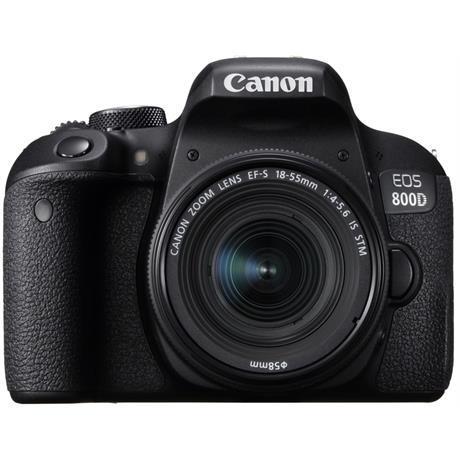


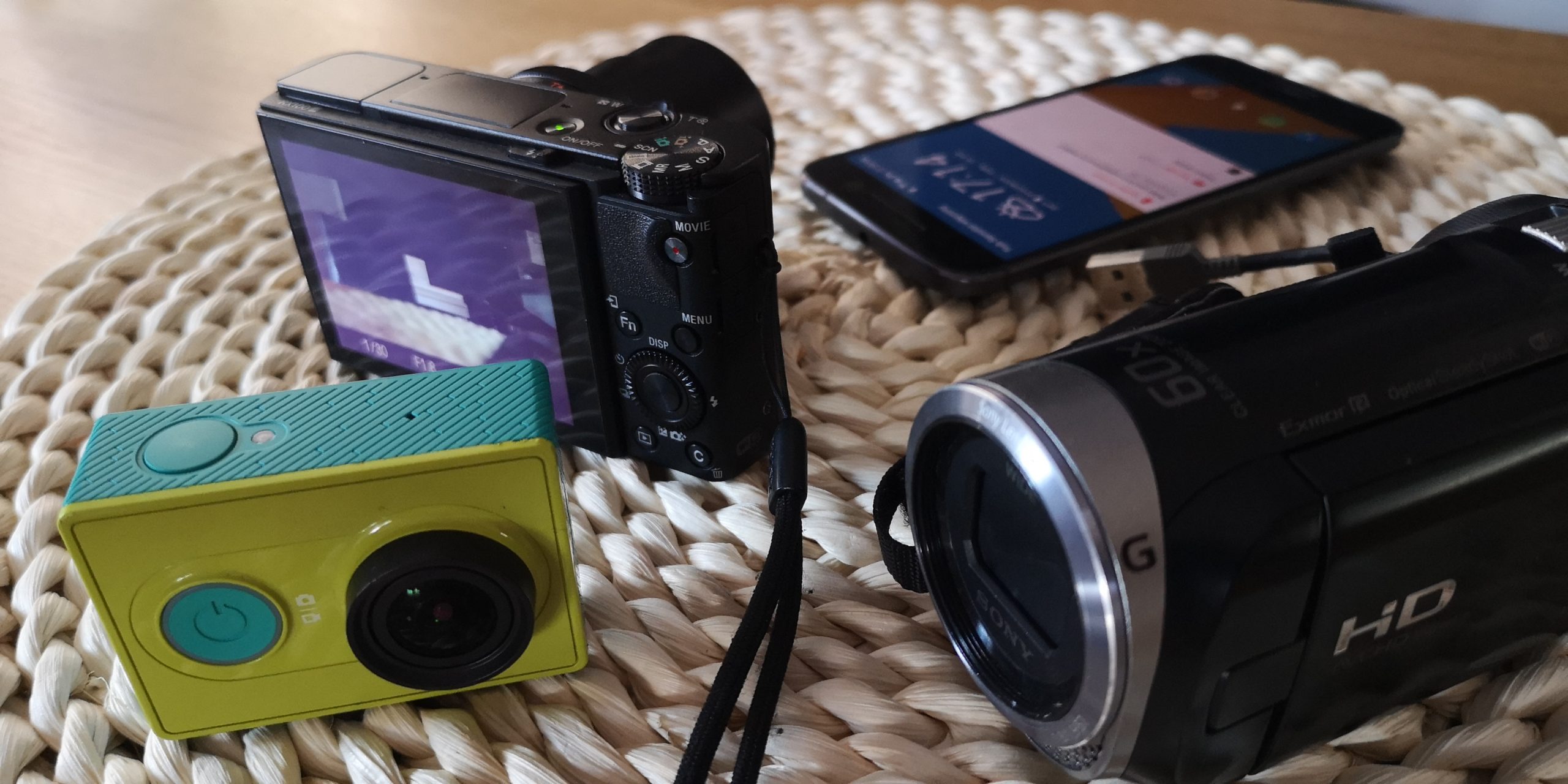
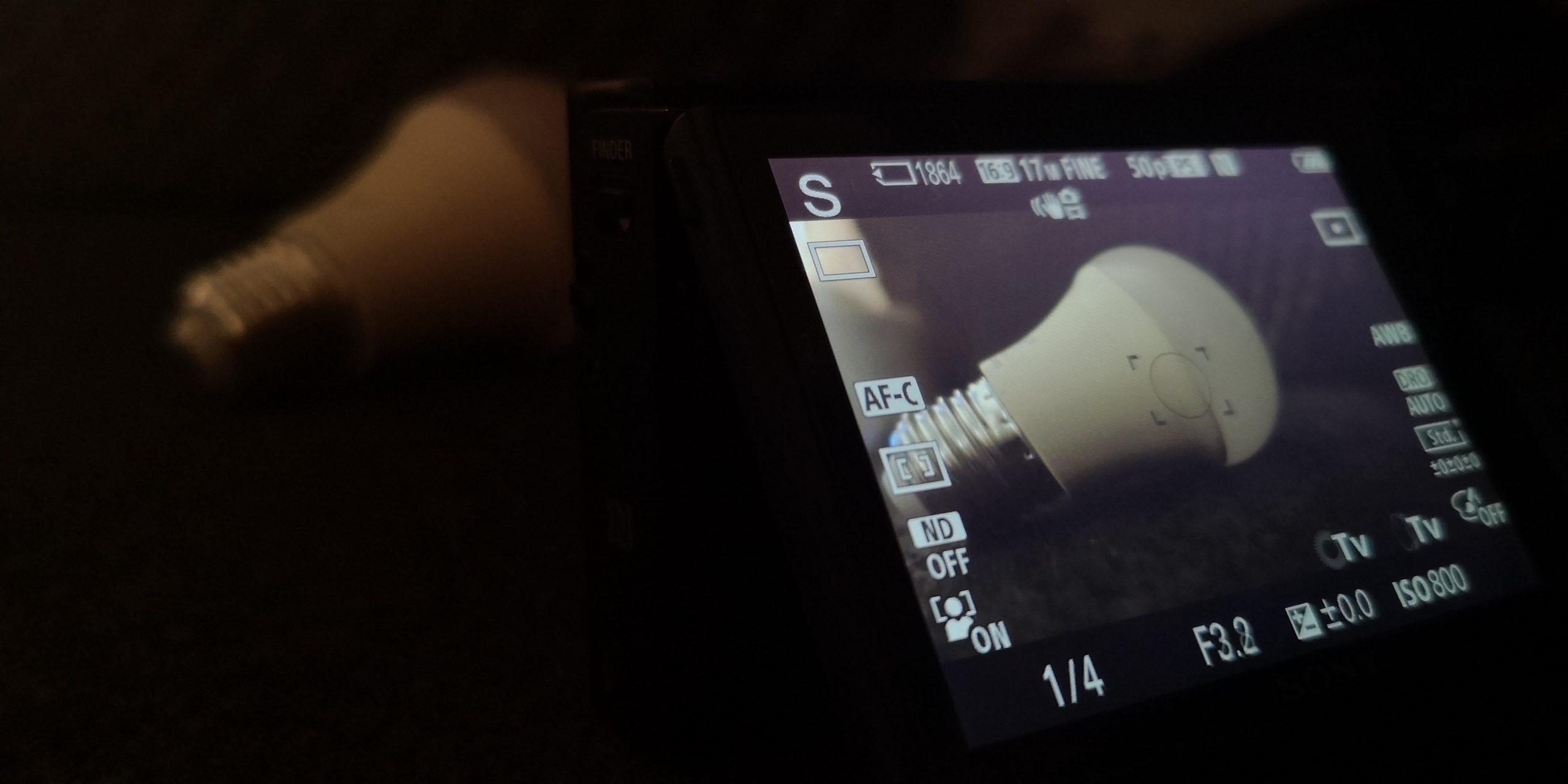
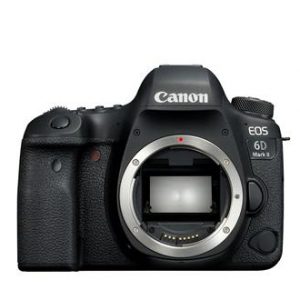
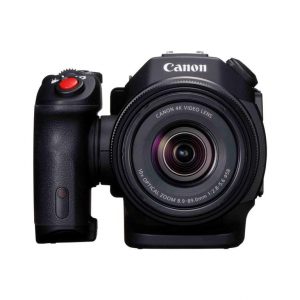
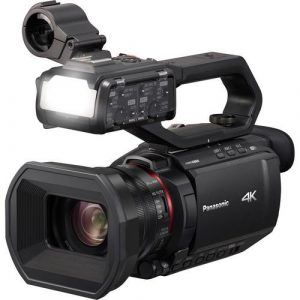
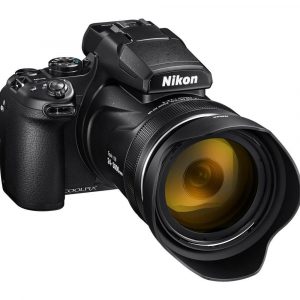
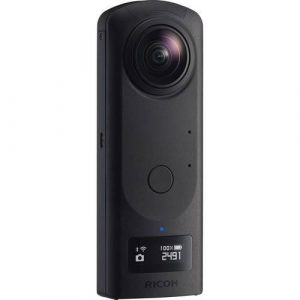

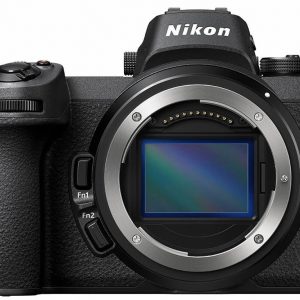
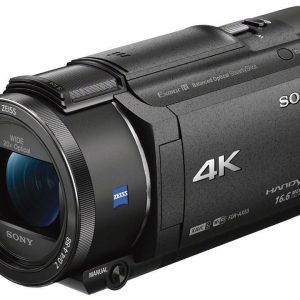
Tristan Holland –
Incredibly fast 45-point autofocus, which allows you to detect the object in even the worst conditions in combination with an RGB + IR sensor with a high resolution of 220,000 pixels did not support my artistic vision of the photo in one situation and allowed me to achieve the intended effect, sometimes even better than I expected. With such a high resolution, I am able to frame the item I’m interested in in the picture and I am able to use this section. Mobility is also something useful for me, sometimes I need to share something quickly, and I don’t always have a computer with me. The WIFI function makes it possible for me. Films shot with this camera are nothing from the cinema, because thanks to the smooth focusing system I am able to change this plan with a smooth transition. I definitely recommend it!
Friderik –
Excellent value for money. Effective wifi connection for selfies with remote smartphone via camera connect application. Beautiful photographs, I recommend the use of the free canon Companion guide application to make the most of this camera even if in automatic mode excellent results are obtained.
Kelly Owers –
I think it’s really good for low-light photos.
I have tried other AF systems but to no avail so far (except for Nokia M7 which also supports autofocus). This is one of the first products I have tried from OIS, a company that is doing what it does in terms of designing products that allow you to use an electronic device with your smartphone. So, it’s not as if OIS is an established company with years of experience. But this is still a nice little phone, so I am very pleased. I have tried other AF systems but to no avail so far (except for Nokia M7 which also supports autofocus).
Lauren Bruce –
I purchased the Canon EOS 800D + 18-55mm IS STM digital camera in March and I have to say, I am not impressed with it. As an IT specialist in California, I expected more from this camera.
First of all, the 30-1/4000 bps shutter speed and 24.2 MP effective pixels are decent, but not outstanding. I feel like there are other digital cameras on the market that offer better features and performance for a similar price.
The delivery process was smooth and I received the camera in a timely manner, but that was the only positive experience with this camera. Overall, I would rate it a 2 out of 5 possible stars.
I have used other Canon cameras in the past and have always been satisfied with their quality, but this one just doesn’t meet my expectations. I wish I would have gone with a different brand or model.
In conclusion, if you’re in the market for a digital camera, I would suggest doing your research and comparing different options before settling on the Canon EOS 800D + 18-55mm IS STM. There are better options out there.
Mason –
As Mason, I recently visited Mesa and stayed at Days Inn & Suites Mesa during a business trip. While there, I had the chance to visit a local store at 61 N Country Club Dr, Mesa, AZ 85201, United States where I saw the Canon EOS 800D + 18-55mm IS STM for the first time. I was immediately impressed with its features and decided to purchase it.
The Canon EOS 800D is a powerful camera that captures stunning images, whether you are an amateur or professional photographer. The 18-55mm IS STM lens provides excellent image stabilization, making it perfect for shooting in low light conditions or when using slow shutter speeds.
One aspect of the Canon EOS 800D + 18-55mm IS STM that is important to consider is its impact on the environment. The camera itself is built with eco-friendly materials and uses energy-efficient components, reducing its carbon footprint. Additionally, the lens features a compact design, reducing waste and making it more sustainable.
When comparing the Canon EOS 800D + 18-55mm IS STM to other cameras in its class, one standout feature is its Flash Synch Speed of 1/250 sec. This allows for more creative freedom when taking photos and enables photographers to capture images with a higher level of detail and clarity.
Overall, the Canon EOS 800D + 18-55mm IS STM is an excellent camera that delivers outstanding image quality and a host of professional features. Its environmentally conscious design and impressive Flash Synch Speed make it a top choice for photographers who want to capture stunning images while minimizing their impact on the planet.
Vanessa Patterson –
I recently had an opportunity to use the Canon EOS 800D + 18-55mm IS STM and found it to be a fantastic option for photographers who want to upgrade their skills without breaking the bank. While some might not be impressed with its features, I personally feel that this camera offers excellent value for money and provides all the essential tools needed to capture stunning images.
First of all, the 30-1/4000 bps shutter speed and 24.2 MP effective pixels are definitely above average when compared to cameras in its price range. These features allow for sharp and detailed photographs with minimal noise even in low light conditions. The camera’s autofocus system is also quite impressive, providing quick and accurate focus lock in both single-shot and continuous shooting modes.
In addition to these technical aspects, the Canon EOS 800D + 18-55mm IS STM comes with a user-friendly interface that makes it easy for beginners to navigate through the camera settings. The built-in Wi-Fi and NFC connectivity options also make it convenient to transfer your photos to other devices or share them on social media platforms.
While Lauren Bruce’s experience may not have been entirely positive, I believe that the Canon EOS 800D + 18-55mm IS STM is a great option for photographers who want to take their photography skills to the next level without spending too much money. So if you’re considering buying a new camera, don’t let one negative review deter you from giving this model a try – it might just surprise you!